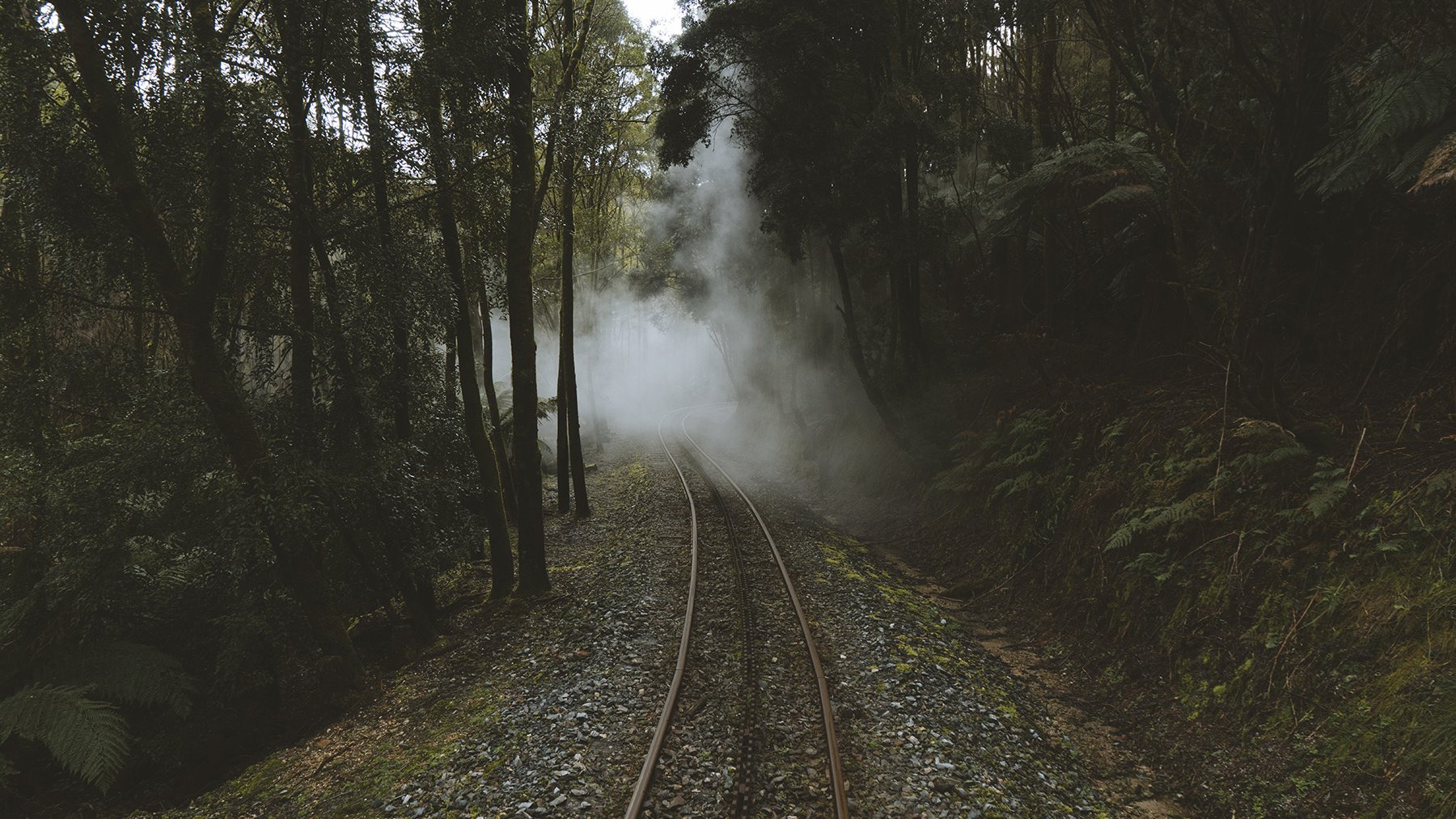Tasmanian regions
Your place and your people
Tasmania has a temperate climate, deeply influenced by the Southern Ocean. It never gets too hot or too cold here, and both plants and wildlife find it a delicious place to live. We think you will too.
You can find a bit of snow in the Central Highlands and on top of our mountains. On the same day you might find yourself surfing on a sparsely populated beach, with a break for a delicious lunch in a charming town or city between high elevations and sea level, with locally-grown, regional cuisine.
For a relatively small place, you will notice differences between West Coast and East Coast Tasmania, between the North West, the North, and Southern Tasmania. What’s exciting is you can travel between our regions in a single weekend. If you’d like to extend your adventure across your new home, you can jump in an airplane for short flights to King Island for the most stunning round of golf of your life, or to Flinders Island, for a deeply rewarding cultural experience.
Your passion and ambition will guide you.
Learn more"Growing up on the West Coast was great as a kid. We made our own games and our own fun. We had the mountains. We had old tin with a grass bank. We’d slide on the tin or on a cardboard box. Our parents would say, ‘Go play outside,’ and that was it.”
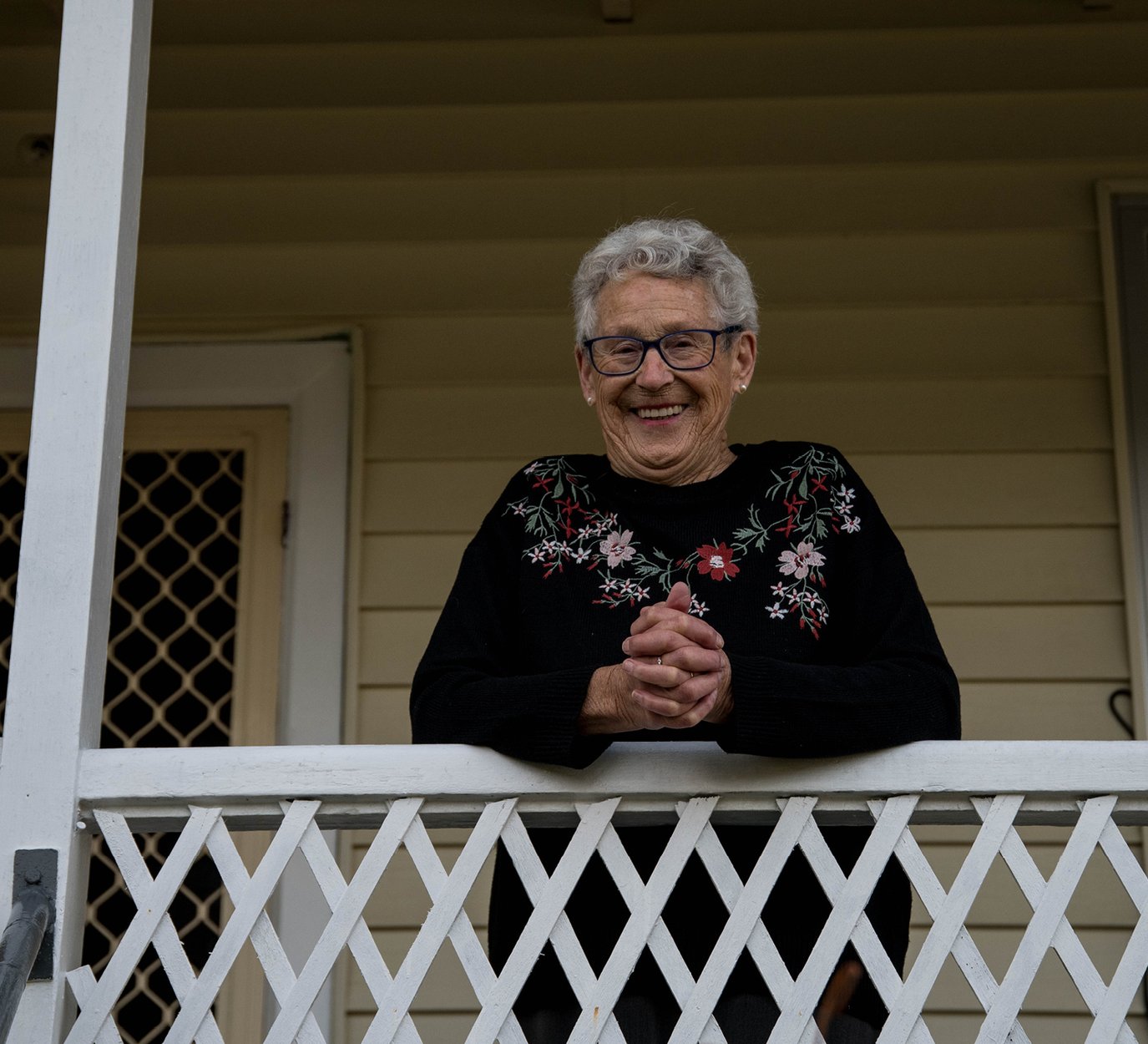
East Coast Tasmania
You’ve seen images of the white, sandy beaches and the breathtaking colour of the water on the East Coast, the wombats of Maria Island. Yet for all of the natural beauty here, you’ll be most attracted to the people and their communities, both the seaside towns and the fertile valleys.
East coast Tasmanian living is tranquil, but it’s tranquillity that encourages creativity. If all you need is the Internet and an airport for a few flights each year, this is one of the most inspiring places you can imagine – and a safe, stimulating playground for your children.
The first thing you will notice on Flinders and the Furneaux Group of islands is the breathtaking scenery. In every direction, the view is breathtaking.
It’s so much deeper than geography. These islands have a rich and dark history, and an intensely passionate community that wants to reckon with its past and build the right future together.
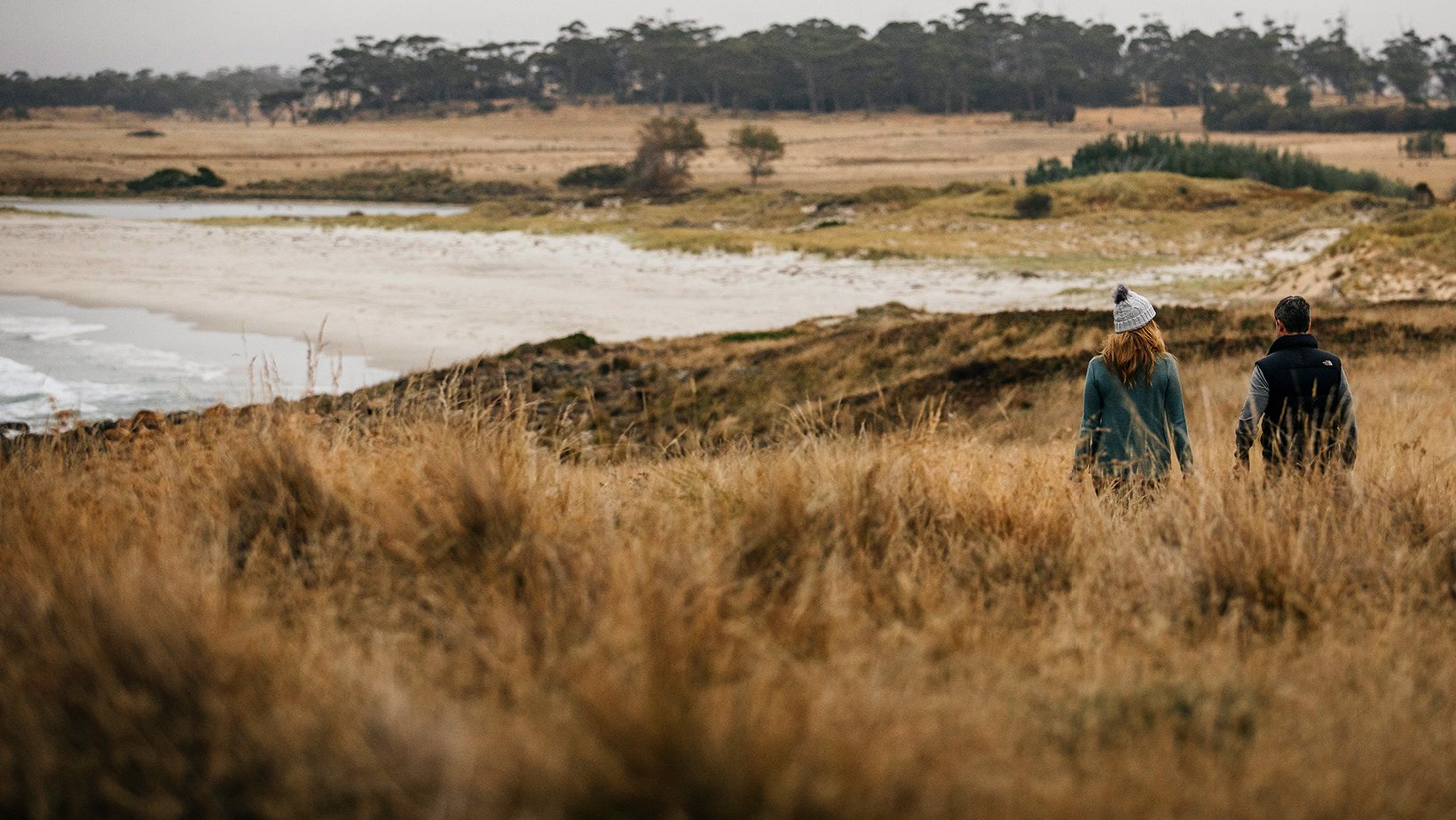
Midlands and Central Highlands
Imagine living in a town like Oatlands or Ross in Tasmania’s Midlands: inviting historic homes with stone architecture, walking to everything you need, with quick internet and new cafes, restaurants, and distilleries popping up.
The open spaces, dotted with sheep and cattle, and ringed by gorgeous mountains make the Midlands a calm and beautiful place to live, to run a business, even to commute into larger centres.
Every Australian fly-fisher knows there isn’t another place like the Central Highlands. This place is for adventurers, and for the romantics who always dreamed of twenty-first century “log cabin” living with lovely architecture and solar panels. Here you will find magical snow in winter and warm winds in summer, an entirely different landscape from the rest of Tasmania yet less than ninety minutes from anywhere.
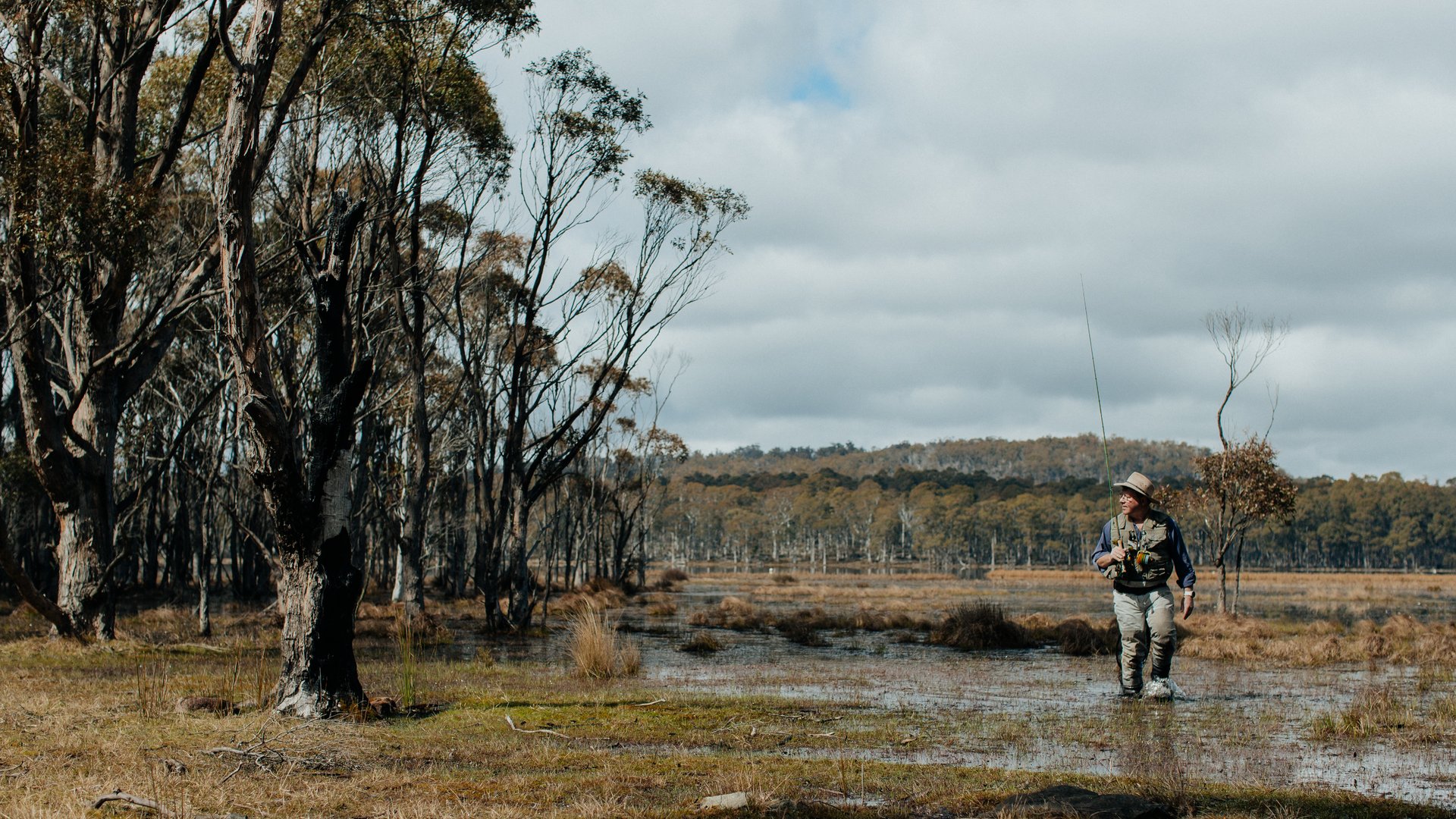
North West Tasmania
Tasmania was once an industrial powerhouse. When globalisation made it difficult for Tasmania for compete on price, both in commodities and industrial products, many of our factories and processors closed.
This hurt, but it didn’t stop Tasmanians. In Burnie and Devonport, and in other communities of the North West, people responded by creating fewer, more specialised products.
In the North West region our manufacturers are artisan makers, creating high-value products you can only find here. This is also a lush agricultural region, a mining centre, and a place of stunning beauty – both along the coast and on your way to Cradle Mountain.
King Island is home to the happiest cows in the world. Maybe you’ve tasted King Island Cheese, or beef. Or a King Island lobster. There are two unforgettable golf courses here, spectacular accommodations, excellent surfing, and the famous Long Table Dinner – a perfect evocation of King Island culture: coming together with a tight, hard-working, imaginative community and some of the most delicious food you will ever taste.
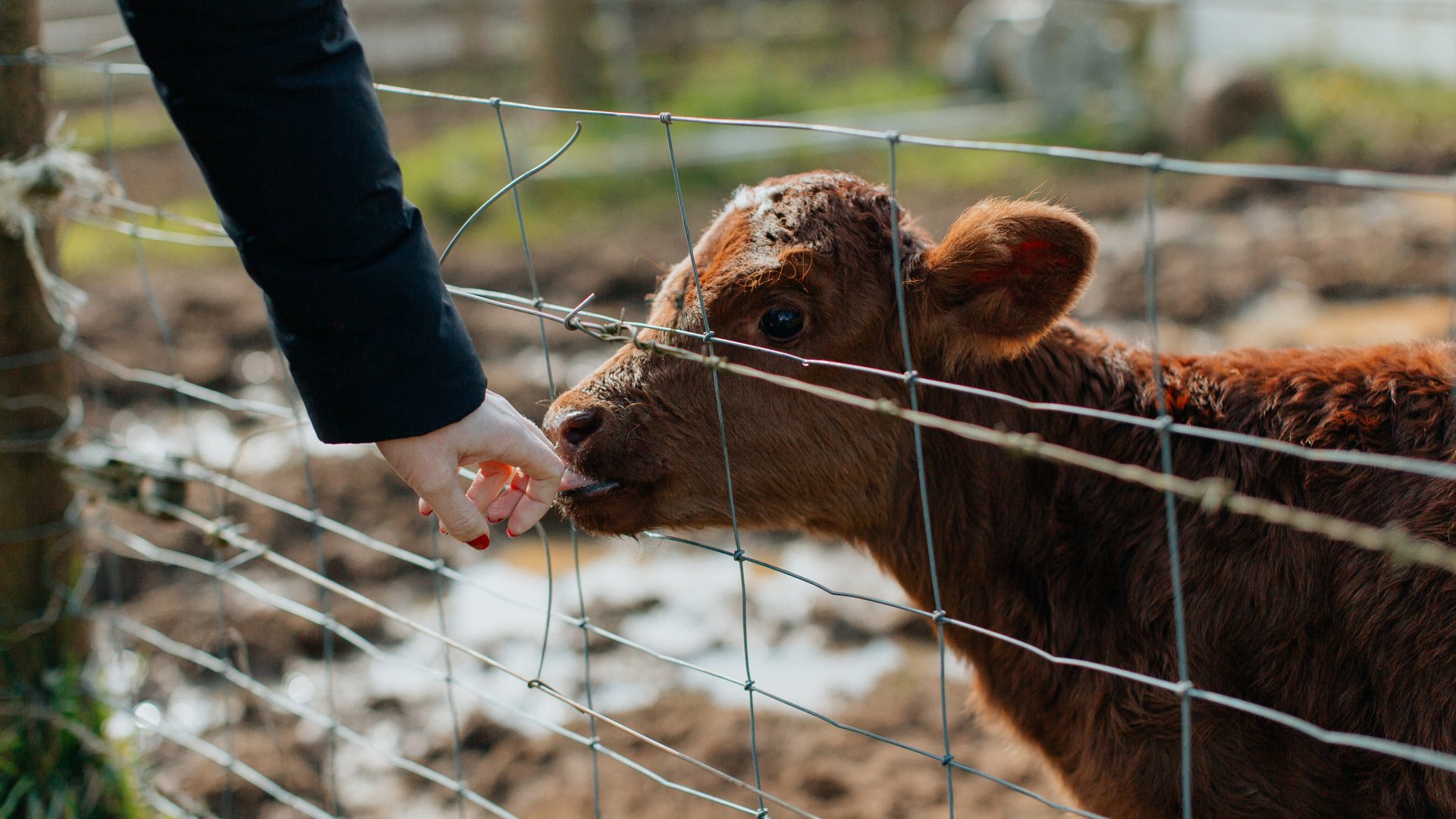
Northern Tasmania
The City of Launceston has been a centre of industry and ideas for a long time. It was the base for building another, newer city you might have heard of: Melbourne.
The architecture in Launceston makes you feel like you’re walking through the 19th century, yet the spirit of the place and its people is all about quiet ambition, from the Australian Maritime College to some of Tasmania’s most unforgettable culinary experiences.
Just outside Launceston you can be a part of the wine and food scene in the lush Tamar Valley. Further up the river in George Town, join Northern Tasmanians who are building industrial products for the world with renewable energy. Tourism entrepreneurs in Northern Tasmania invite the world to ride “hero dirt” on their mountain bikes or to walk through spectacular fields of lavender with a blue ice cream cone. Imagine what you could build here.
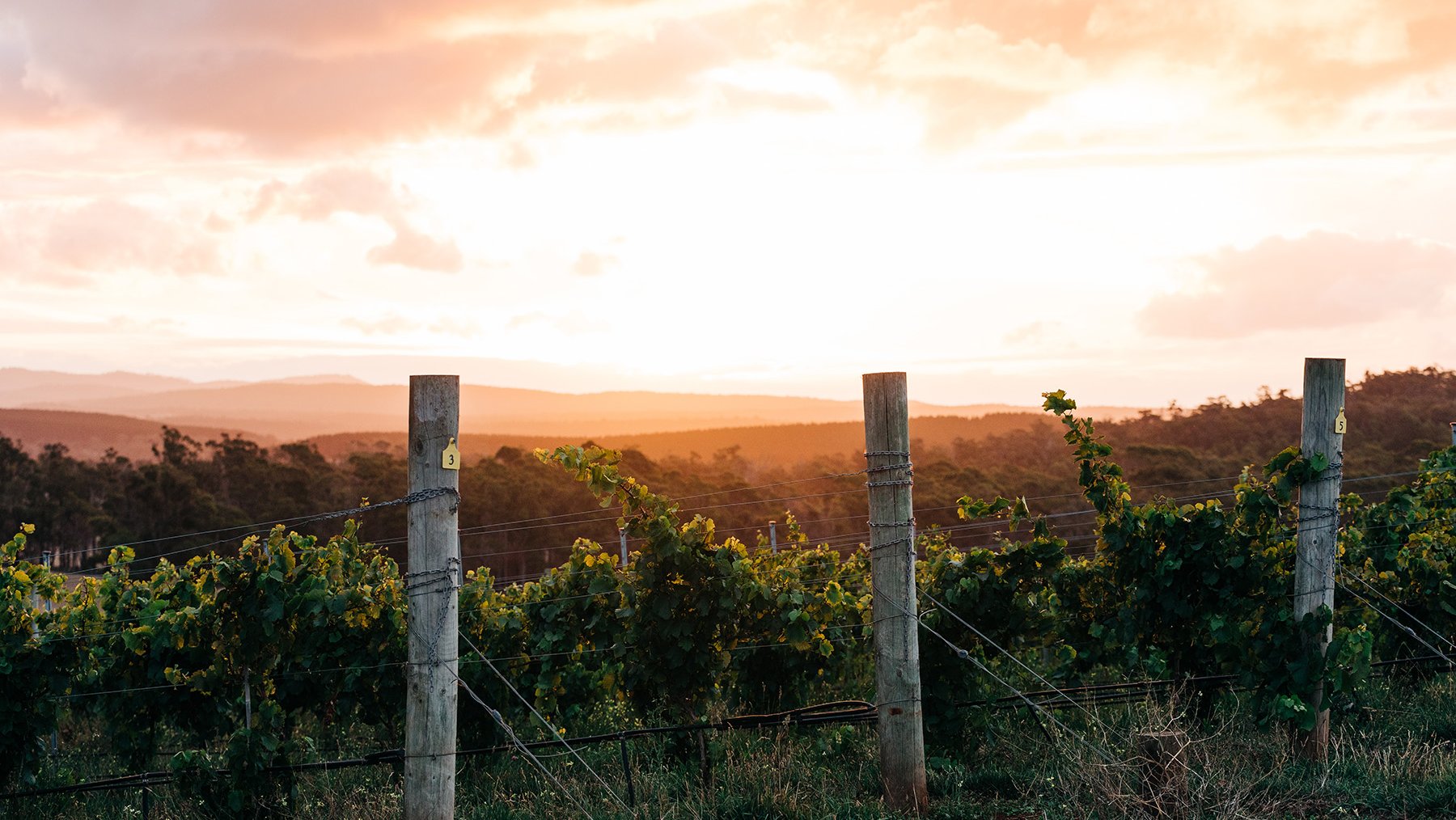
Southern Tasmania
Tasmania’s big city experience is in Hobart, though if you are coming from a megalopolis our capital city will feel more like a bustling country town.
Hobart is the origin of the 'MONA effect', which reminded Tasmanians that taking risks and embracing difference is who they are at their best. This is a city of the small and the special, a reflection of Tasmanian culture. You can experience it as a tourist, but it’s even better to be a part of it. The arts and artisanal enterprise are everywhere in Hobart, from the oldest theatre in Australia to Salamanca Market and, just down the way, the home of the wave-piercing catamaran and the iconic Blundstone boot.
Outside Hobart in every direction you will find wineries, cideries, distilleries and the most magnificent places to eat – all launched by people like you. You’ll discover Bruny Island, the Tasman Peninsula, and Coal Valley. You’ll discover surf beaches, spectacular natural experiences, living history, and people from around the world who have discovered there is something special here.
You’ll ask yourself: how can I be a part of this?
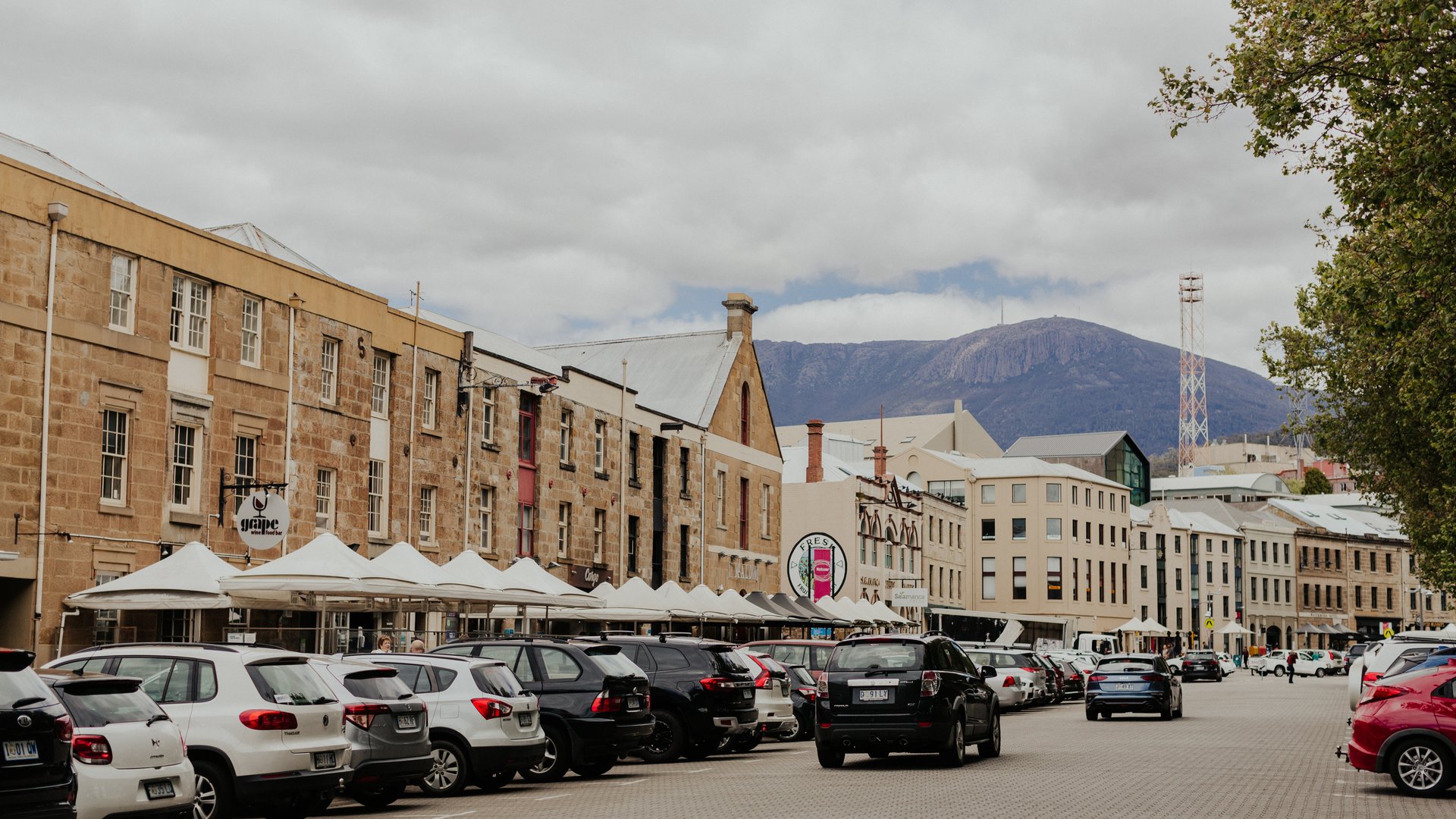
West Coast Tasmania
Historically, the West Coast is our wildest place. People from around the world came to work in our mines and in our forests, and to help build our hydroelectric scheme. Today, West Coast Tasmanians are reinventing their towns and cities and finding strength in what makes them different.
The Unconformity, in Queenstown, is a perfect example. As more and more artists began moving into Queenstown and neighbouring communities like Zeehan and Strahan for affordable real estate and a charismatic setting, a few people had an audacious idea: why not harness this new energy with a festival of the unusual?
Today, people come from around the world every second October to help celebrate distinctly Tasmanian culture and creativity. But it’s just an October expression of a year-round opportunity. If you have an idea and you want to bring it to life in a supportive community, come do it on the West Coast.
